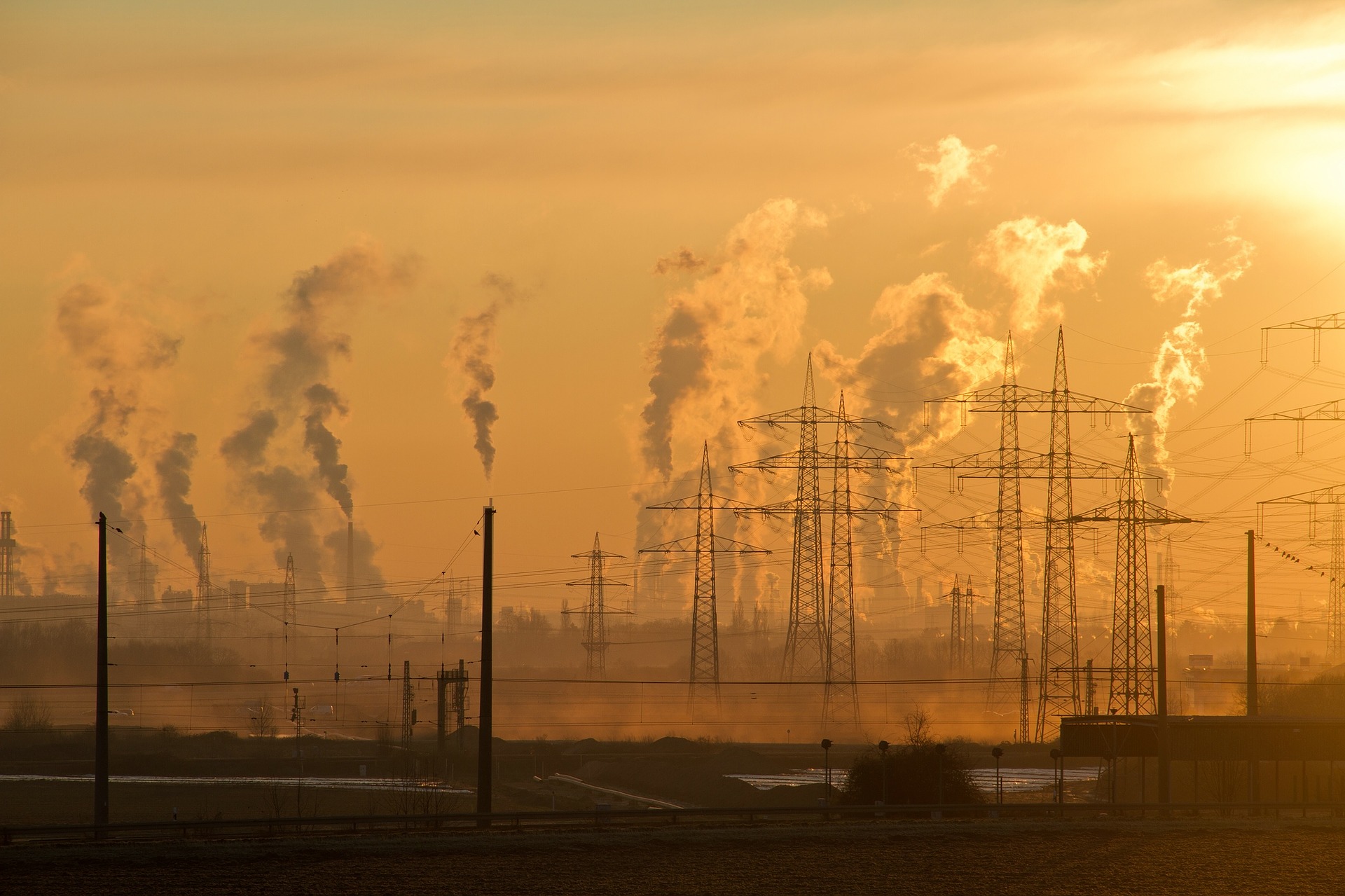While energy subsidies may seem like an effective way to address social inequality, they tend to have the opposite effect. By disproportionately benefiting wealthier households, these subsidies entrench energy inequities, divert public funds from more effective investments, and impede countries’ ability to meet emissions targets.
The International Monetary Fund paints an even bleaker picture: accounting for the insufficient taxation of carbon dioxide emissions implies that fossil-fuel subsidies surged to a record $7 trillion in 2022. This figure, the equivalent of 7.1% of the world’s GDP, surpasses global spending on education and nearly matches worldwide health-care expenditures.
While subsidies are often viewed as a means to address social inequalities and offer relief to poorer households through reduced food and energy prices, they often have the opposite effect. In reality, these subsidies disproportionately benefit wealthier households and perpetuate unequal access to energy. Moreover, they divert crucial public funds from more effective investments that could reduce our reliance on fossil fuels and improve infrastructure, social protection, and health-care services, all of which offer greater benefits to low-income communities.
By contrast, the IMF estimates that eliminating these subsidies could prevent 1.6 million premature deaths annually, generate $4.4 trillion in revenues, and accelerate progress toward global climate goals. By maintaining energy subsidies initially designed as temporary measures, we risk perpetuating our dependence on fossil fuels.
But given that tackling social inequalities requires a phased approach, a balanced long-term climate strategy must include targeted financial support to vulnerable populations. This could involve expanding welfare programs, retaining universal subsidies for essential goods, and boosting investment in public services that primarily benefit low-income households, such as health care, education, and infrastructure. Means-tested transfers and energy rebates could also facilitate a smoother climate transition.
Similarly, low- and middle-income countries must pursue structural reforms to enhance economic stability, deepen financial markets, and strengthen their institutions, thereby improving their credit ratings and reducing their borrowing costs. Transparent sustainable investment disclosures and strategic use of guarantees could also help these countries mitigate investment risks.
The Green Climate Fund underscores the crucial role of blended financein helping developing countries decarbonize. Created under the UN Framework Convention on Climate Change, the Fund currently manages 216 projects with a combined value of $12 billion. When accounting for co-financing, its overall assets exceed $45 billion.
The next few years will be critical for the global transition to net-zero emissions, with technological innovations playing a vital role. The EU’s plan to achieve energy independence and a 55% reduction in greenhouse-gas emissions by 2030, for example, depends heavily on the development of a thriving climate-tech sector.
But despite the need for rapid emissions reductions, Europe lags behind the United States and China. Our discussions with leaders from European climate-tech companies such as STABL, Proxima Fusion, Claims Carbon, and Electra underscored the urgency of the situation, which the EU must address by adopting supportive policies to stimulate the sector’s growth.
A future of sustainable growth is within reach if we acknowledge the real costs of fossil fuels and adjust our financial and political priorities accordingly. To this end, global policymakers must outline their plans for the energy sector, transportation networks, and information systems. By redirecting funds currently allocated to fossil-fuel subsidies, governments could meet their climate targets by 2030 and accelerate the shift to a net-zero economy.
As climate change worsens, it is increasingly evident that ignoring the devastating consequences of our dependence on fossil fuels is no longer an option. Achieving net-zero emissions requires bold policies such as the phaseout of fossil-fuel subsidies, as well as investment in technological innovation and a global commitment to a fair and equitable energy transition.
About the Authors
Günther Thallinger, a member of the Board of Management of Allianz SE, is responsible for Investment Management and Sustainability.
Ludovic Subran is Chief Economist at Allianz.




MUNICH – In Christopher Nolan’s 2010 film Inception, the line between reality and illusion becomes increasingly blurred. When it comes to fossil-fuel subsidies, life imitates art. Distinguishing between their perceived benefits and actual impact has proven to be a critical global challenge.
While such subsidies may appear beneficial in the short term, they mask the profound environmental and economic consequences of our dependence on fossil fuels. Given the interconnected threats posed by climate change, the question remains: Can we come to terms with reality and make decisions that genuinely benefit both ourselves and our planet?
Despite the international pledges made at the G20 summit in 2009 and the United Nations Climate Change Conference in Glasgow in 2021 (COP26), along with the European Union’s Green Deal and its eighth Environment Action Program, fossil-fuel subsidies remain entrenched. According to the European Environment Agency, annual subsidies in the EU hovered around €56 billion ($61 billion) between 2015 and 2021, with only a few member states taking steps to phase them out.
To be sure, the lack of action is not limited to the EU. The International Energy Agency recently reported that global fossil-fuel subsidies skyrocketed to more than $1 trillion in 2022, a spike largely attributed to geopolitical shocks like Russia’s invasion of Ukraine, which significantly disrupted energy markets.